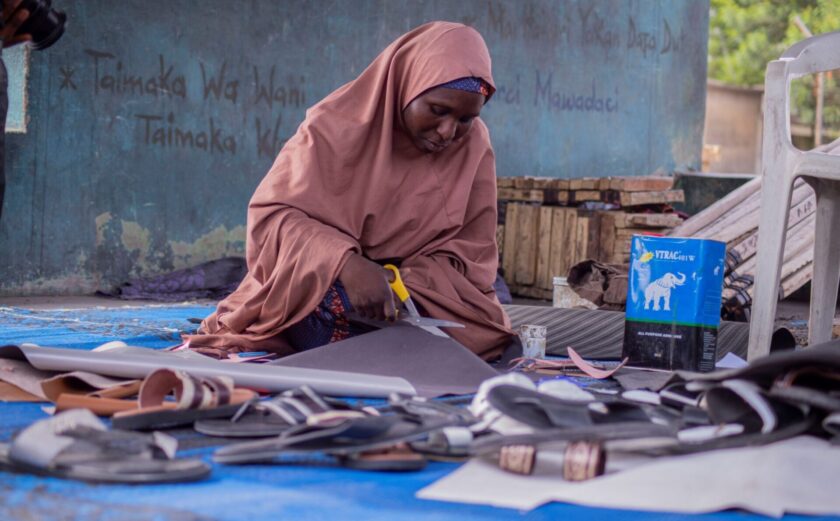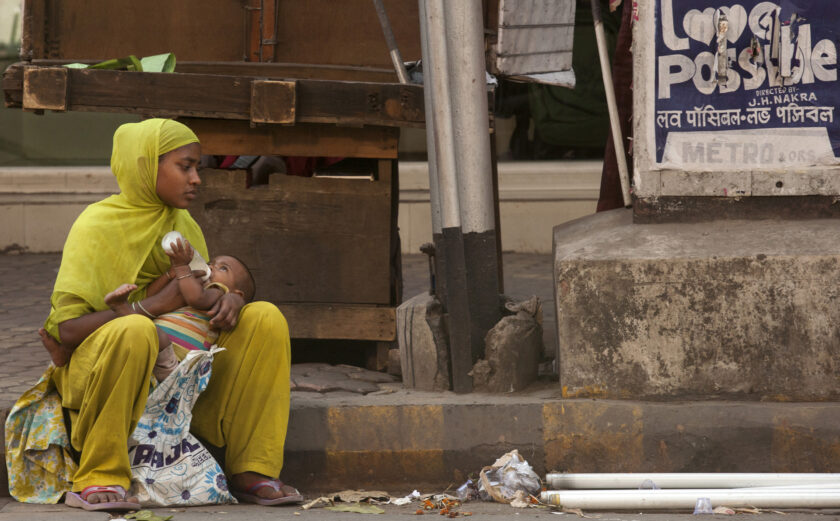
International Day for Disaster Risk Reduction: #BuildToLast
Understanding Disaster Risk to More Effectively Build Critical Infrastructure that Saves Lives
Between 1998 and 2017, natural disasters killed 1.3 million people, left 4.4 billion people injured, displaced, or in need of emergency assistance, and caused economic losses of around $2.9 trillion USD worldwide.
Beyond these already staggering numbers, 63% of reported disasters do not contain economic data. Therefore, disaster risk reports do not always reflect the indirect effects or disproportionate burden of losses for certain communities.
As we celebrate the International Day for Disaster Risk Reduction on October 13, it is important for us to take the time to understand what Disaster Risk Reduction (DRR) is and the positive impact that it has on people’s lives when implemented correctly.
DRR is the strengthening of infrastructure systems and approaches to reduce the negative impacts of disasters on people and their livelihoods.
In other words, DRR entails building lasting infrastructure that adapts to contextual and environmental changes. The theme of this year’s International Day for DRR is reducing disaster damage to critical infrastructure and limiting the disruption of basic services. Critical infrastructure includes schools and hospitals while basic services include potentially life-saving utilities such as food, water, energy, telecommunications, and transportation.
For example, having a functional hospital can be taken for granted in some parts of the world. Improving the resilience of hospitals in disaster-prone areas is important because it increases the operability of medical services in the event of natural catastrophes. This assures a continued source of medical care, reduces the need for outside humanitarian assistance, prevents overall economic loss, and saves lives.
Why is DRR so important in our lives today?
As highlighted at the U.N. Climate Summit last month, climate change increasingly affects people’s livelihoods. Over the past 20 years, 91% of disasters were caused by climate-related events including floods, storms, and droughts. These disasters lead to fatalities, injuries, displacement, and economic losses. Overall, reported losses from climate-related events rose by 151% worldwide from the 1978-1997 period to the 1998-2017 period.
Recent challenges such as wildfires in the Western United States and the Amazon rainforest, monsoon flooding in India, Hurricane Dorian in the Bahamas, droughts in Iraq, and Cyclone Idai in Southeastern Africa are a few examples that indicate the continued increase in climate-related disasters throughout the world.
Acknowledging that the impact of climate change is not going away soon, the international community has taken steps to improve DRR in humanitarian response and prevention. Most notably, the U.N.’s Sendai Framework for Disaster Risk Reduction 2015–2030 leads the way in understanding, investing in, and managing disaster risk. As a result, more communities around the world are working to reduce their exposure to disasters and raise awareness about the risks that they face.
What can you do to help? Spread the word!
The International Day for Disaster Risk Reduction was started by the U.N. 30 years ago to promote a global culture of risk-awareness and disaster reduction. Simply having conversations on the issues of disaster risk can educate others and raise awareness, which may lead to more creative and sustainable solutions for the future.
To continue the conversation, please check out #DRRday and #BuildToLast on Twitter. You can also gain a better understanding of key trends in disaster risk from the report, ”Economic Losses, Poverty & Disasters 1998-2017” and learn more about the U.N.’s work with DRR on their website.
Contact an Expert: Mohamed Hilmi is InterAction’s Senior Coordinator and Technical Specialist for Shelter, Settlements, and Disaster Risk Reduction.








